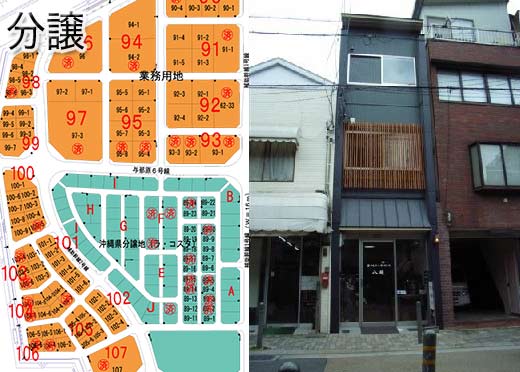Before you left for work today, did you hang your bed out of the window to dry in the sun? That’s what millions of Japanese do each morning, if they sleep on futon, the traditional fold-away bedding that’s been used since, well, forever. A Japanese futon is basically a soft sleeping mat, a separate foam mat that goes below that, and a thick blanket on top. Futons are enormously convenient for living in small spaces because they can be folded up and put away in a closet during the day, which allows a room to fulfill two separate roles. Because the sleeping maps absorb sweat, they can become damp, which is why they’re hung from the balcony to dry and kill germs; there’s almost nothing nicer to sleep on than a Japanese futon that’s been hung and beaten to get any dust out of it. While traditional futons are nice, it can be a chore to put them away each morning and lay them out again at night, and over the past couple of decades, there’s been a tendency for Japanese to switch to Western-style beds instead, something that my wife’s parents recently did when they “reformed” (remodeled) their bedroom last year. Even if they opt for conventional beds for themselves, most every household in Japan has a “guest” futon for use when unexpected visitors need to sleep over, which is great because it takes up almost no space when not in use. Companies often sell wooden-frame futons in the U.S, but these are very different from traditional sleeping futons in Japan, and they’re not sold here at all.
What Anime Should You Watch in the Winter 2026 Anime Season?
A new anime season has started, and once again, fans are awash with new offerings from Japan's best studios. Let's...
















